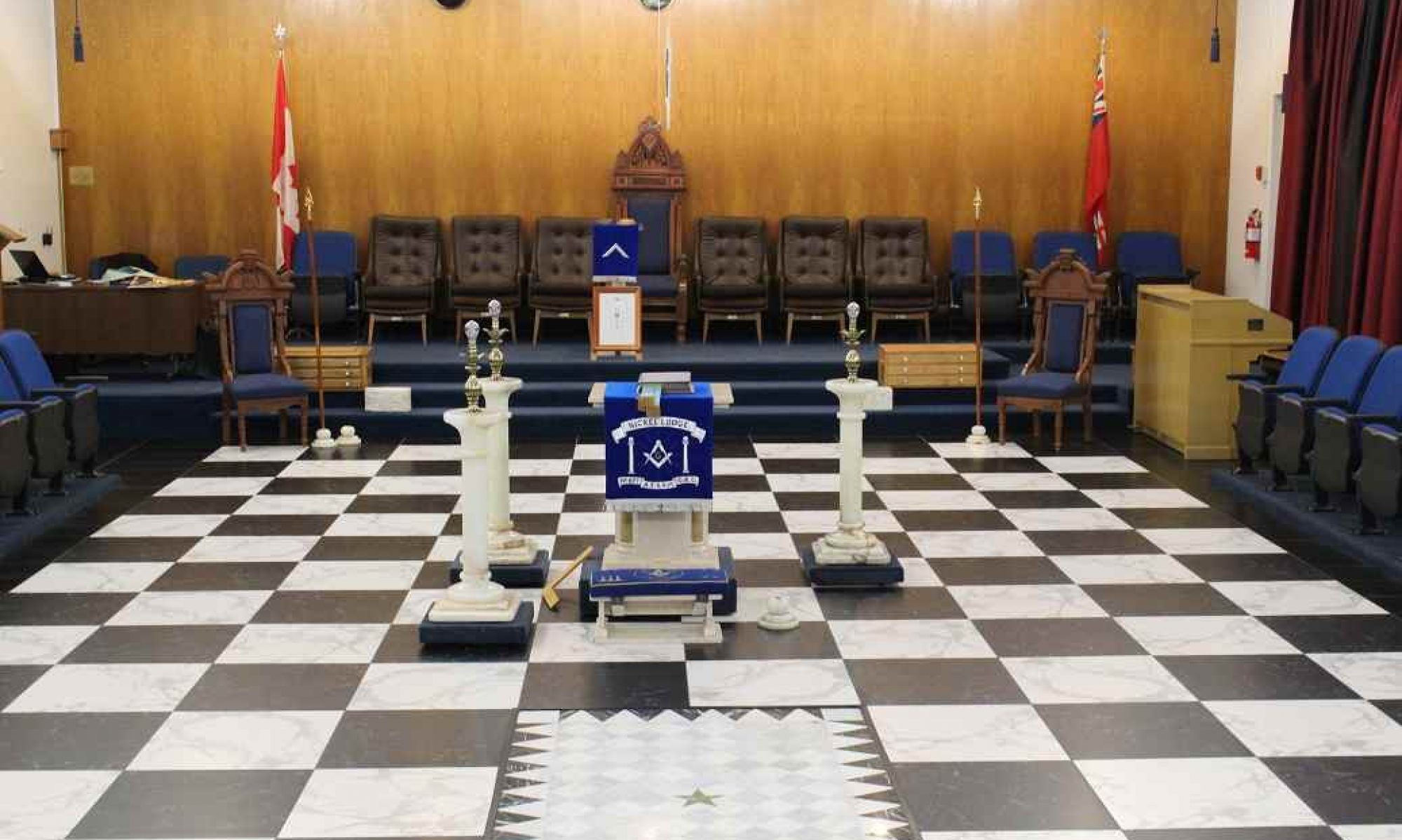From the booklet – “PENETRATING THE VEIL”
– by David C. Bradley–Grand Master–1989-1990
This month’s issue is titled –
(As the presentations in this website are available to all readers, items involving the Second and Third Degrees will be excluded.)
The Trigradal System
At the time of the formation of the Grand Lodge of England in 1717 masonry was generally a two degree system 18 consisting of the Acceptance (equivalent to Entered Apprentice) and the Master’s Part (which gave the rank of Fellowcraft and Master). In the early years of the eighteenth century, however, records suggest that three degrees were being developed by the division of the Acceptance into two to form the Entered Apprentice and the Fellowcraft degrees. The Trinity College, Dublin, MS. 1711, provides the earliest reference to separate secrets for entered apprentice, fellowcraft and master mason. 19
The trigradal system was adopted very slowly. Distances between lodges forced them to be separate and autonomous entities. As a result there probably was little exchange of information between them. Many lodges did not accept the third degree until after the middle of the eighteenth century as brethren seemed quite content to be entered apprentices. About 1738 the Master’s Part is referred to as ‘raising’ and, although not in wide use until after 1750, it had become a usual practice by 1815.
Pennell’s Constitutions published in the summer of 1730 mentions three degrees. Great changes can be seen in the years between Anderson’s 1723 Constitutions and Masonry Dissected of 1730 and even greater modifications in the next thirty years to the publication of Three Distinct Knocks. The ritual was beginning to bear some resemblance to that of today. The eighteenth century was the age of reason when the intellect was considered to be of paramount importance. Knowledge though memories of the past must have lingered. The ritual, therefore, assumed a more polished state in the late eighteenth century when the influence of writers such as William Preston, Wellins Calcott and William Hutchinson was felt.
18 The Freemason’s Guide and Compendium, p.223
19 The Freemason’s Guide and Compendium, p.242
R.W. Bro. Robert South

